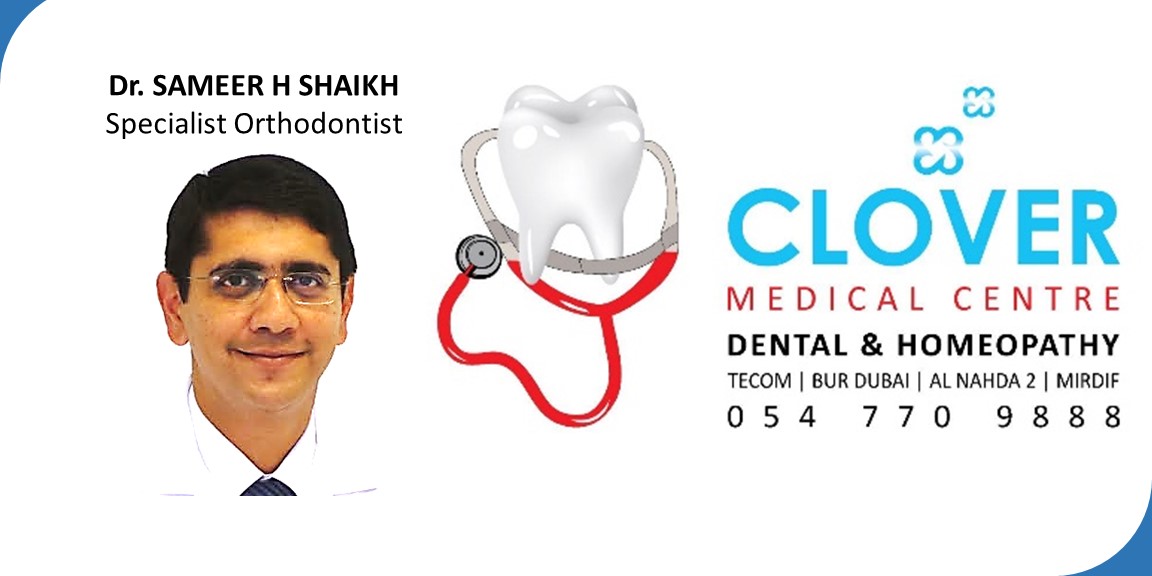Deep Scaling and Curettage

To stop gum disease from progressing, we may advise periodontal therapy, or deep cleaning. This gets rid of the bacteria in the pocket and provides the necessary conditions for healing to occur.
There is some confusion about the difference between scaling and root planing. Scaling is basically the process of removing dental tartar from the surfaces of the teeth. Curettage or root planing is the process of smoothening the root surfaces and removing any infected tooth structure.
In curettage procedures, instruments are used to cut away dead tissue. The idea is that such tissue can contribute to inflammation, infection, and bad odors, and that removal of the damaged tissue will promote the development of healthy tissue. There are several different types of dental curettage, including ultrasonic curettage, which uses an ultrasonic dental instrument, and surgical curettage, in which a flap of gum is cut and rotated away so that a pocket of infected tissue can be cleaned out before the flap is rotated back and fixed in place.
In basic dental curettage, a sharp cutting instrument is run into gingival pockets in front of the teeth to remove dead tissue, and dead or infected tissue will be removed from the gums. Local anesthetic is often used to make the patient more comfortable, and the mouth is frequently flushed with a sterile solution to sweep out the debris. This procedure is usually provided to people with advanced gum disease as a tool for managing the problem, and it may be required on multiple occasions.
